Archaeologists Made Major Discovery During Excavation Dig In Ancient Roman Sewer
Archaeologists have made a truly unique and fascinating discovery while excavating an ancient Roman sewer in the historical city of Heraclea in modern Belgium.
Researchers unearthed an enormous marble statue of the revered Greek god Hermes from the depths of the sewer. The unique circumstances surrounding the statue’s discovery could provide a fascinating insight into the evolution of religious practices within the Roman Empire.
Team of Researchers Come Across Unique Statue
Under the leadership of Dr. Lyudmil Vagainski, a team of researchers discovered the unique statue while excavating at Heraclea Sintica, an ancient city located on the slopes of a volcanic hill near Petrich, Bulgaria.
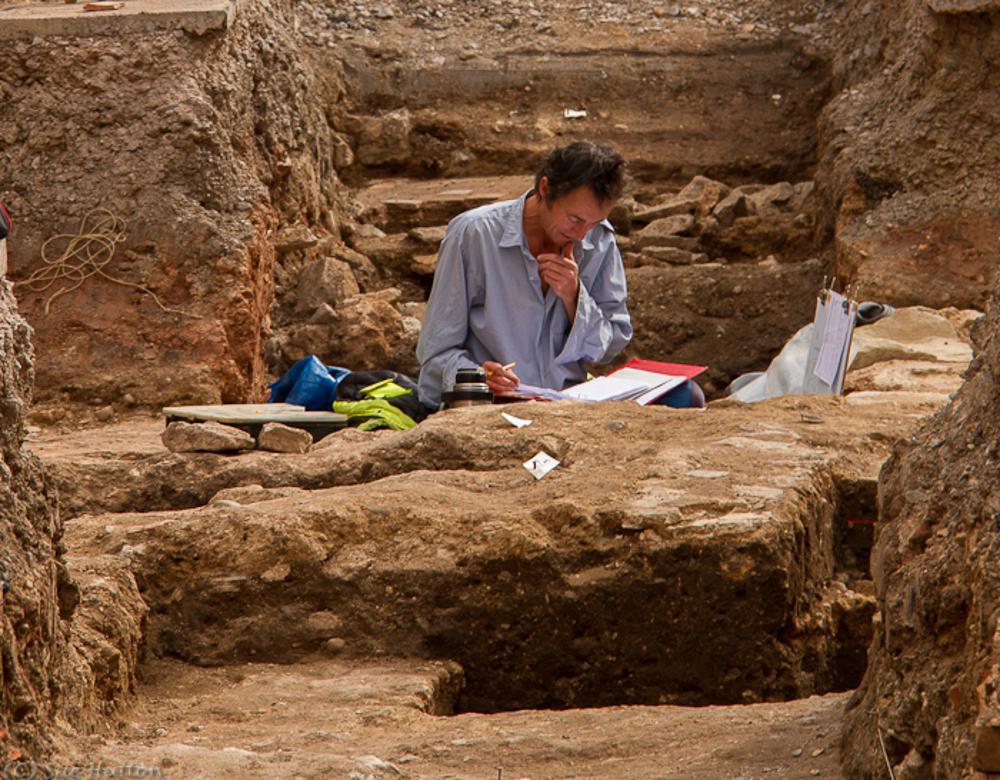
Source: Wikimedia
Vagalinski and the Petrich Historical Museum have been dedicated and actively engaged in excavating the site since 2007.
Statue of the Greek God Hermes
While excavating an ancient sewer at the site, the researchers were astonished to find the well-preserved statue, which many theorize depicts the Greek god Hermes.
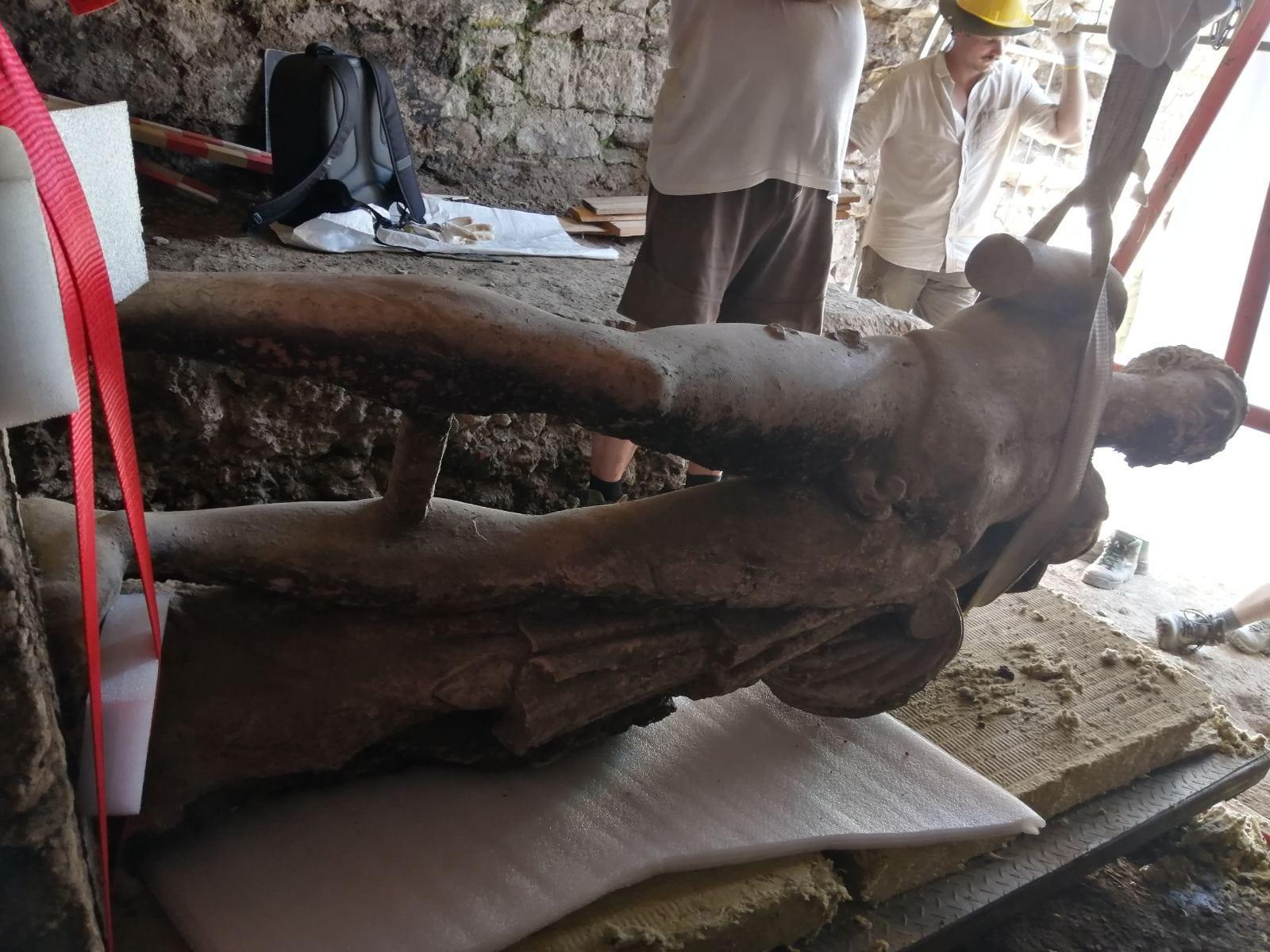
Source: Archaeologia Bulgarica
Elegantly carved from marble sometime during the 2nd century, the statue stands an impressive 6.8 feet tall, according to the Daily Express US.
The First Hermes Statue Discovered in Bulgaria
The archaeologists shared information on the discovery on their Facebook page, Archaeologia Bulgarica, suggesting that it is the first of its kind in Bulgaria.
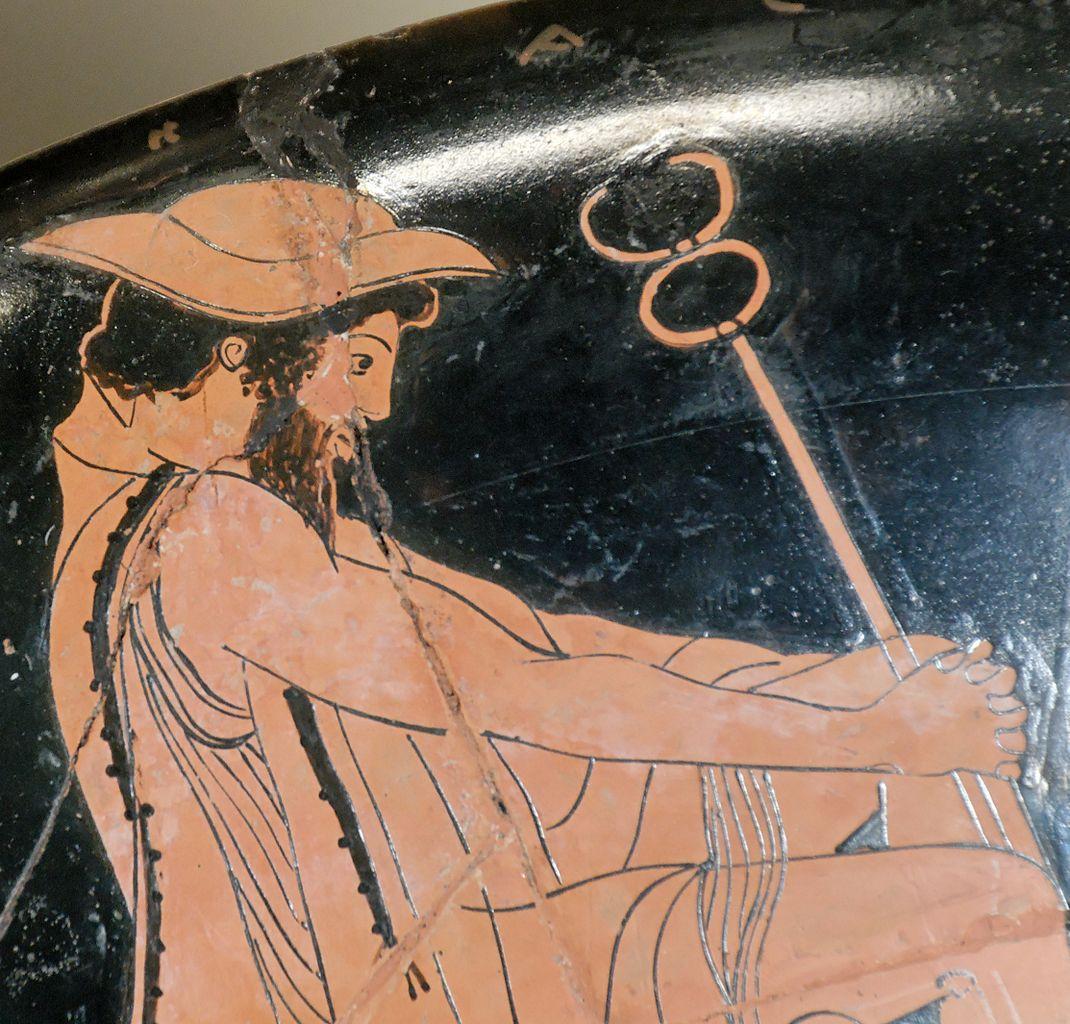
Source: Wikimedia
“According to archaeologists, there are parallels with other images of the god Hermes; he is of a certain iconographic type, but very few similar statues are preserved in the world. For Bulgaria, it is the first,” they wrote.
Hermes Statue Deliberty Buried in Sewer
Researchers working at the site believe that the Hermes statue was deliberately placed within the sewer.
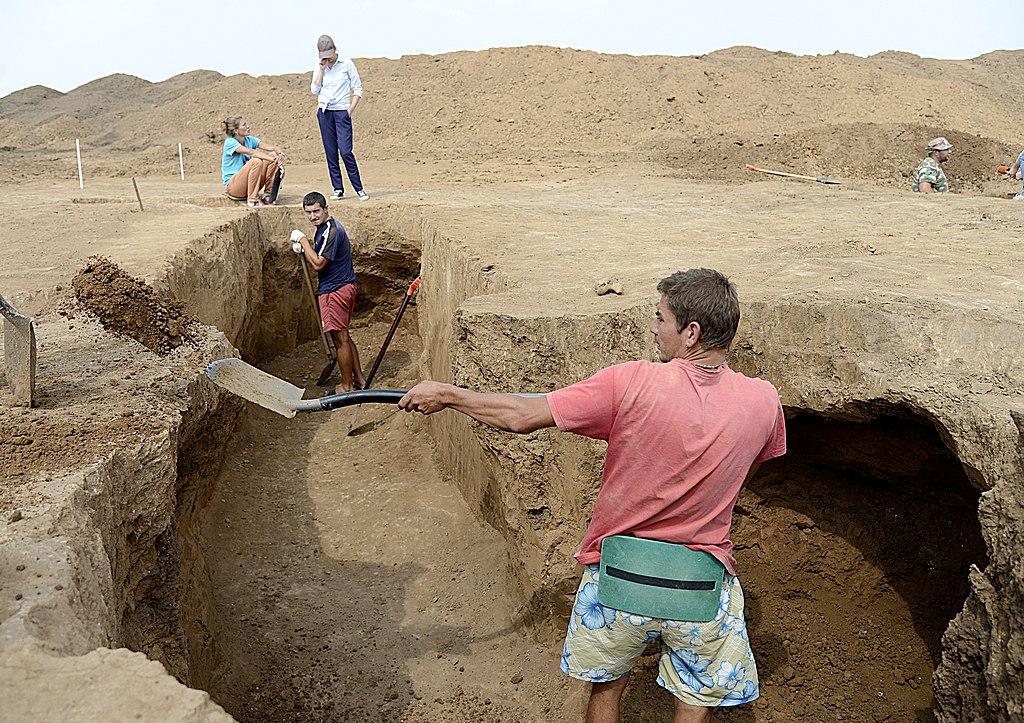
Source: Wikimedia
The region’s ancient inhabitants later proceeded to bury it under a layer of dirt following a terrifying earthquake that struck the region in the 4th century CE.
The Condition of the Statue
Vagalinski shared his thoughts on the statue’s discovery and condition in a statement shared with Reuters.
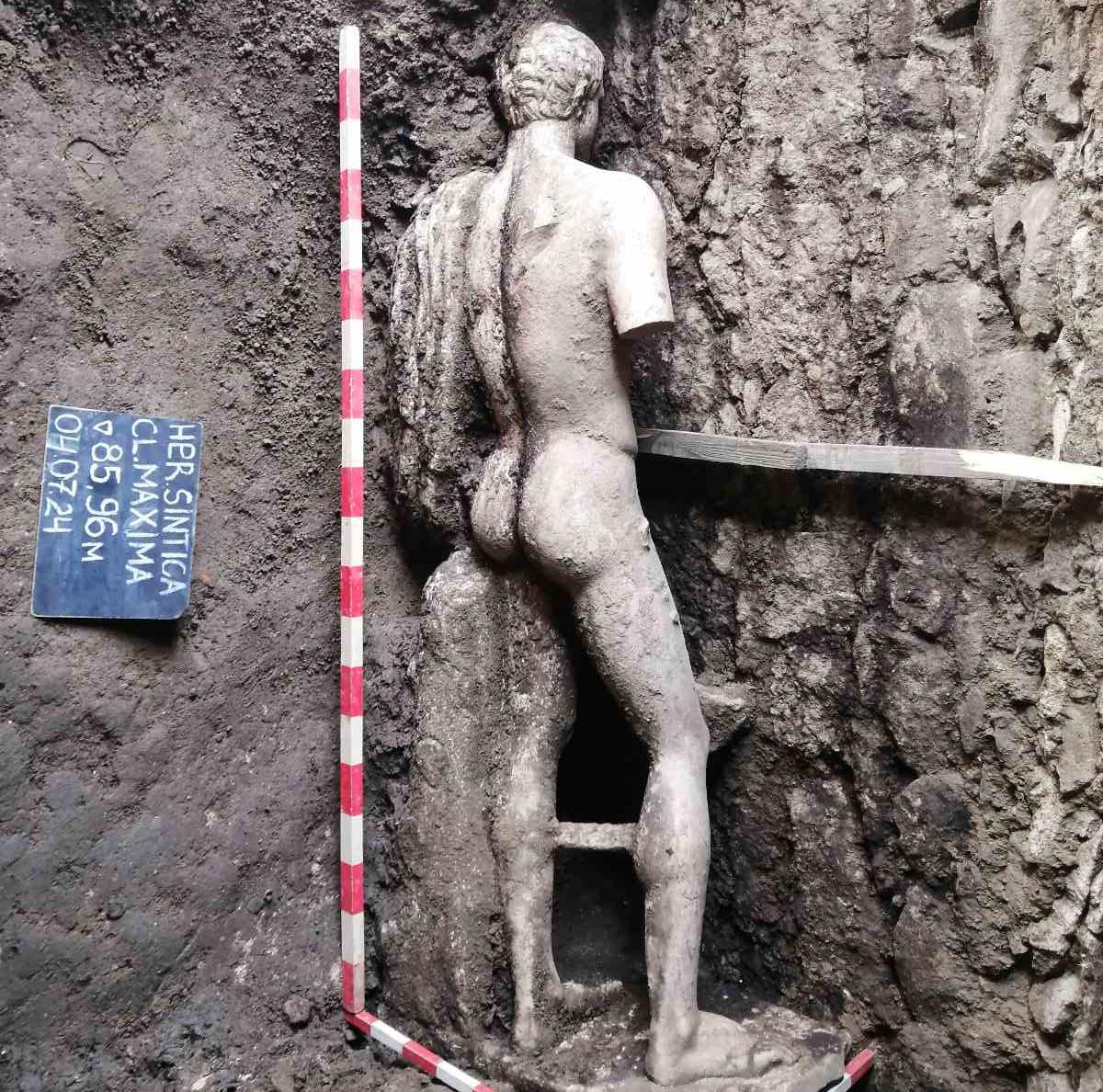
Source: Archaeologia Bulgarica
“Its head is preserved. (It’s in a) very good condition. There are a few fractures on the hands,” he said.
Founded by King Phillip II of Macedon
Today, the remains of the urban city of Heraclea Sintica, revered by archaeologists for its elegance, lie right on the modern Greek border.
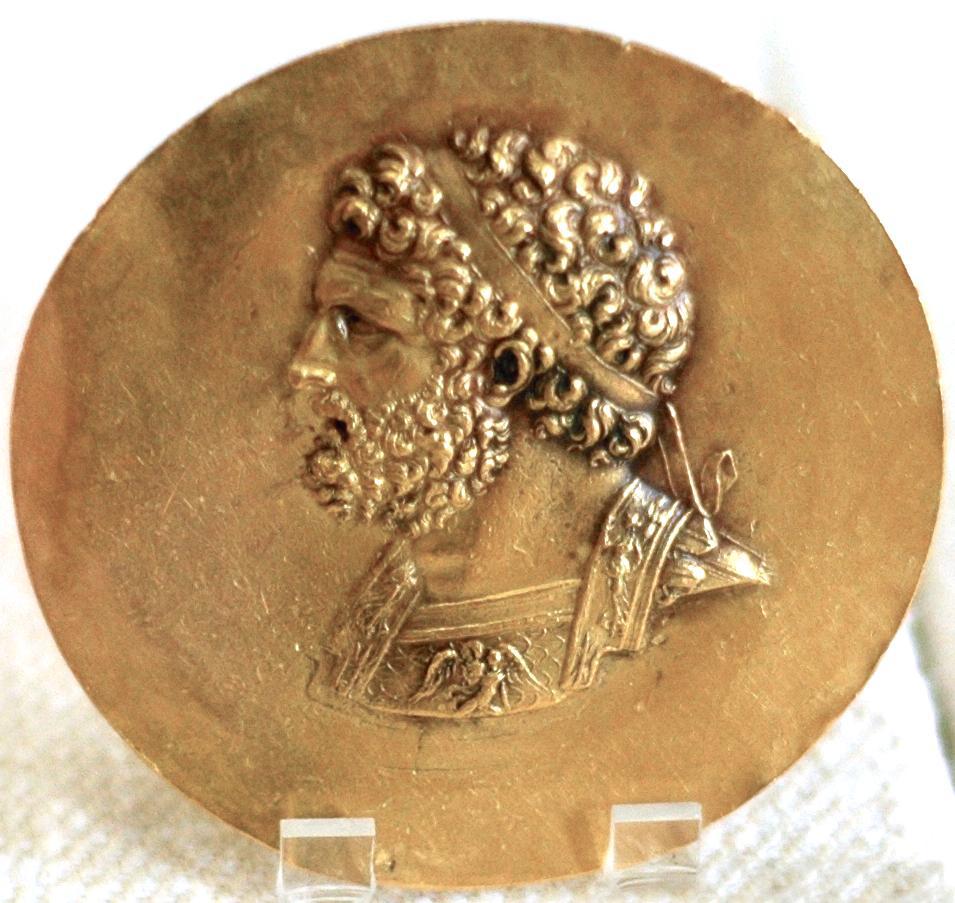
Source: Wikimedia
The city of Heraclea Sintica was founded over 2,300 years ago by the great Macedonian king Phillip II, sometime between 356 BCE and 339 BCE.
Christianity Becomes the Official Language of the Roman Empire
The theories on the statue’s unique placement vary, but one suggests it was intentionally buried to prevent its destruction.

Source: Freepik
Archaeologists at the dig suggest it was buried shortly after Christianity became the official religion of the Roman Empire in an attempt to save it from destruction.
Pagan Continue to Worship Older Gods
According to Vagalinski, several pagans continued caring for their old deities despite the Empire’s newfound love for Christianity.
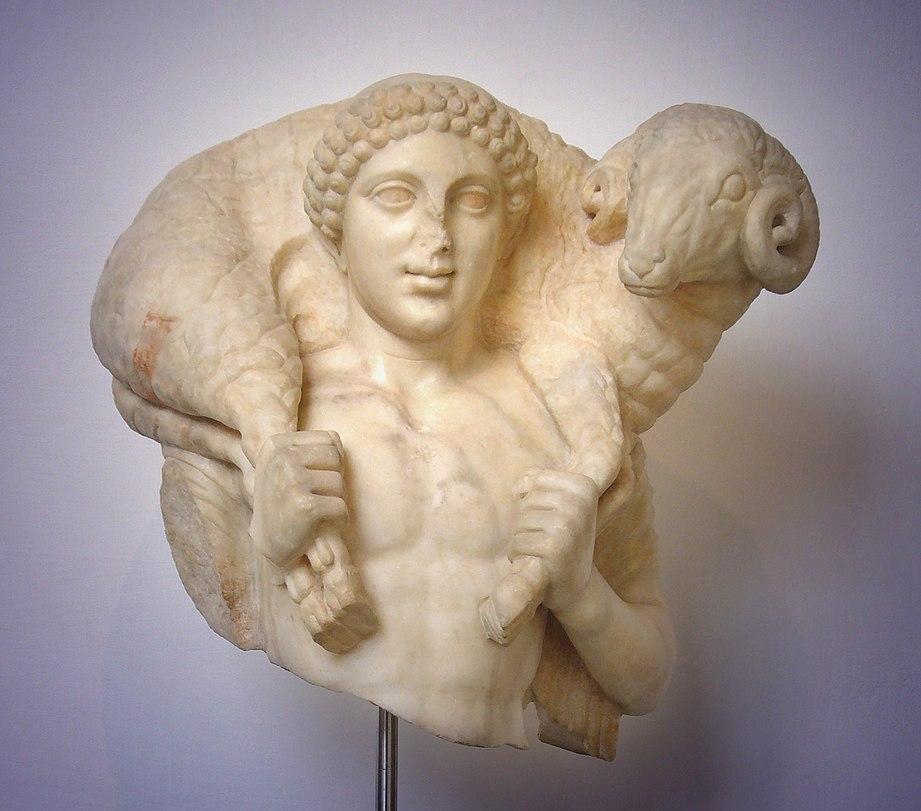
Source: Wikimedia
“Everything pagan was forbidden, and they have joined the new ideology, but apparently, they took care of their old deities,” he said.
Rome’s Conversion to Christianity
The discovery of the preserved statue has led many to suggest that certain regions of the Roman Empire continued to practice their ancient religions in secrecy following the conversion to Christianity.
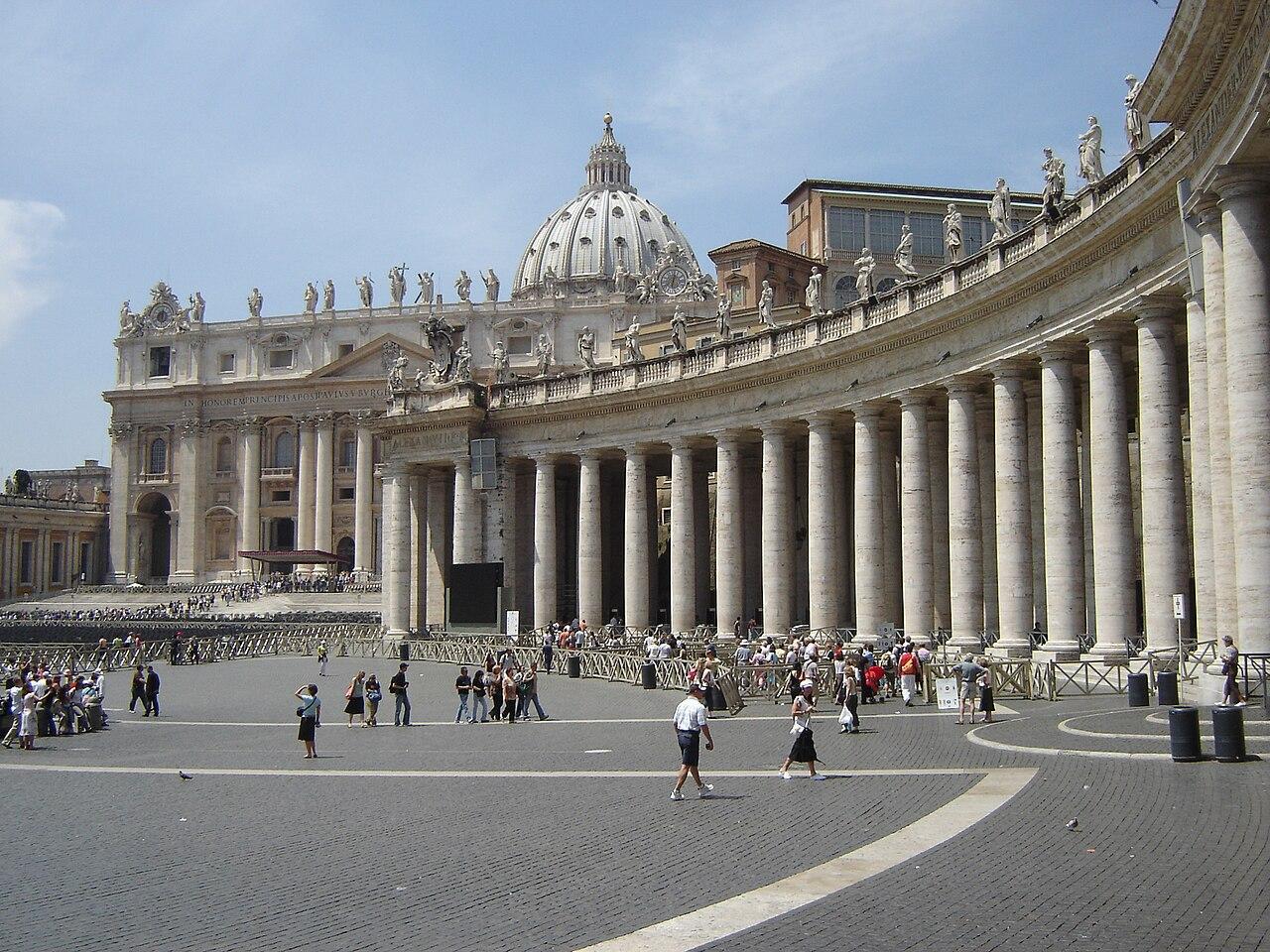
Source: Wikimedia
In the 4th century CE, emperor Theodosius officially made Christianity the religion of the extended empire. Those who continued to practice their older religious practices could face severe punishments from the state.
The Abandonment of Heraclea Sintica and the Statue
Researchers believe a master craftsman carved the Hermes statue from a single block of marble.
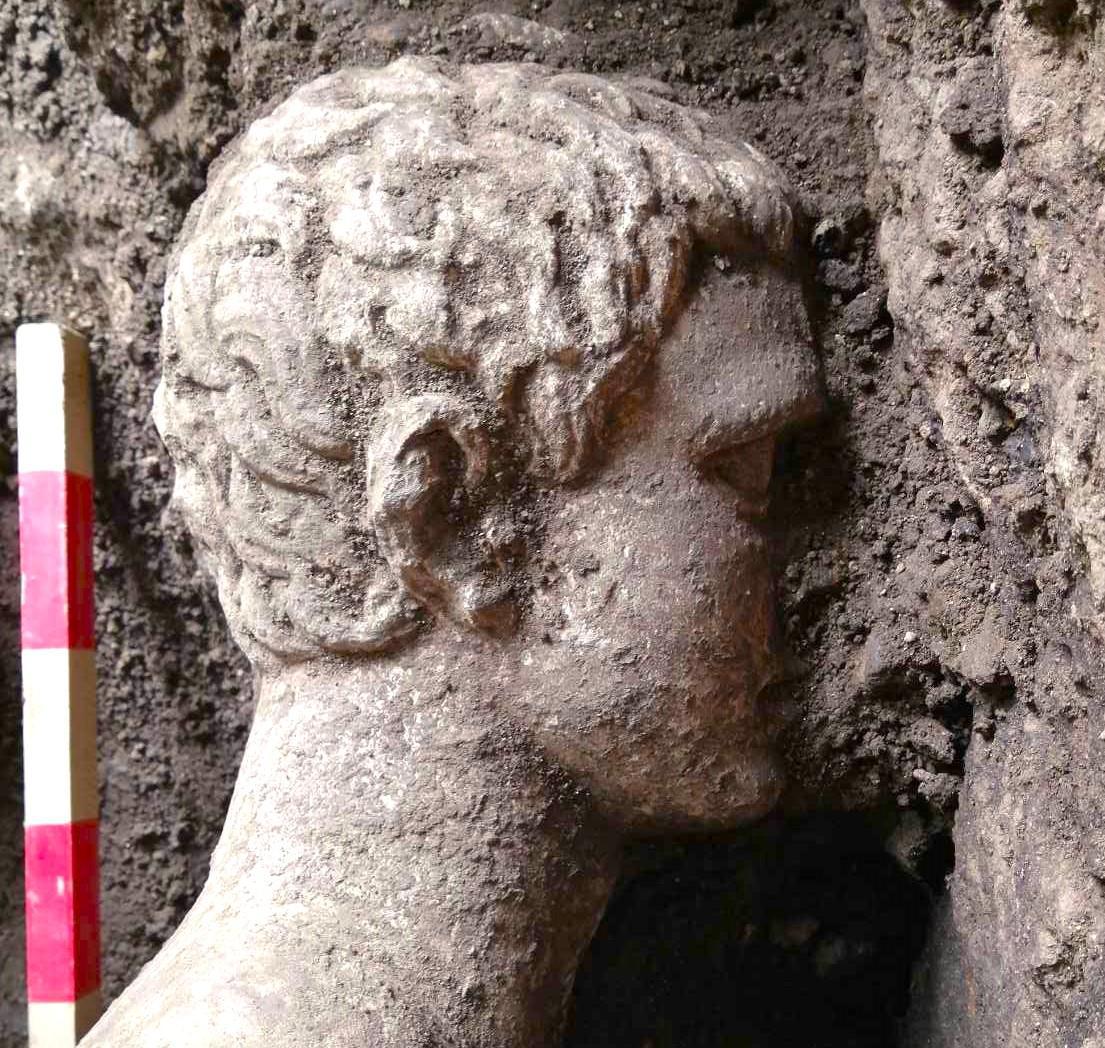
Source: Archaeologia Bulgarica
However, after the earthquake, the statue was subsequently buried, and the city of Heraclea Sintica fell into a period of rapid decline before being completely abandoned by the 6th century CE.
Restoration Plans for the Hermes Statue
The archaeological team at the Bulgarian site shared several images of their work and the statue itself on social media.
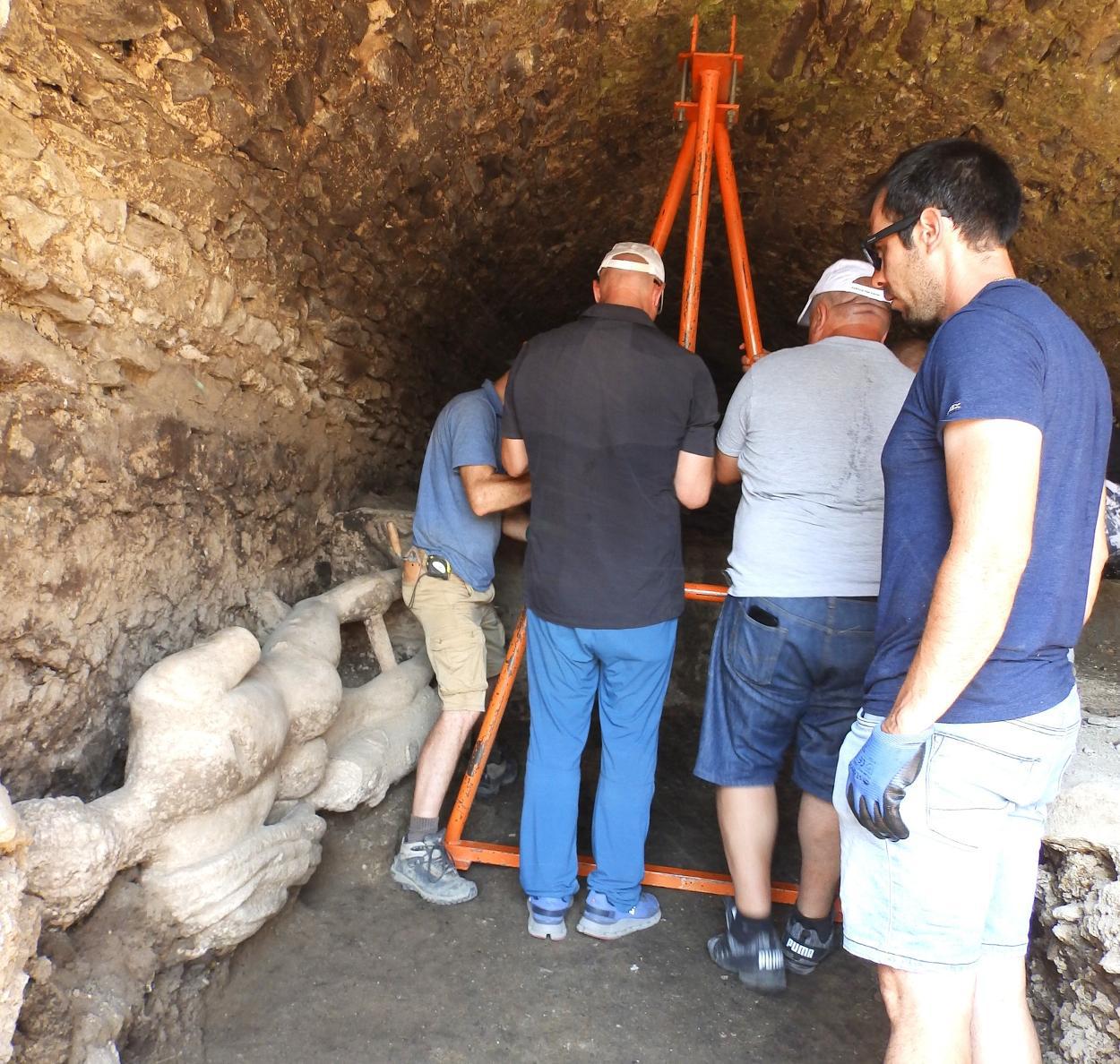
Source: Archaeologia Bulgarica
According to the researchers, they plan to use a crane to hoist the enormous statue from the sewer and transport it to the Petrich Museum, where it will be restored before being displayed for the public to enjoy.
